What is this article about?
This article is an introduction to some of the projects which have been developed by the SciArt Lab around topics related with digital musical creation.
In this post I will summarize part of my hands-on experience based on the intersection of DIY electronics, MIDI controllers, and the development of new tools (coded in Java, Groovy, Processing, Javascript) in combination with existing software such as Ableton Live.
This is an on-going exploration, so follow us on Twitter and keep updated in the near future.

